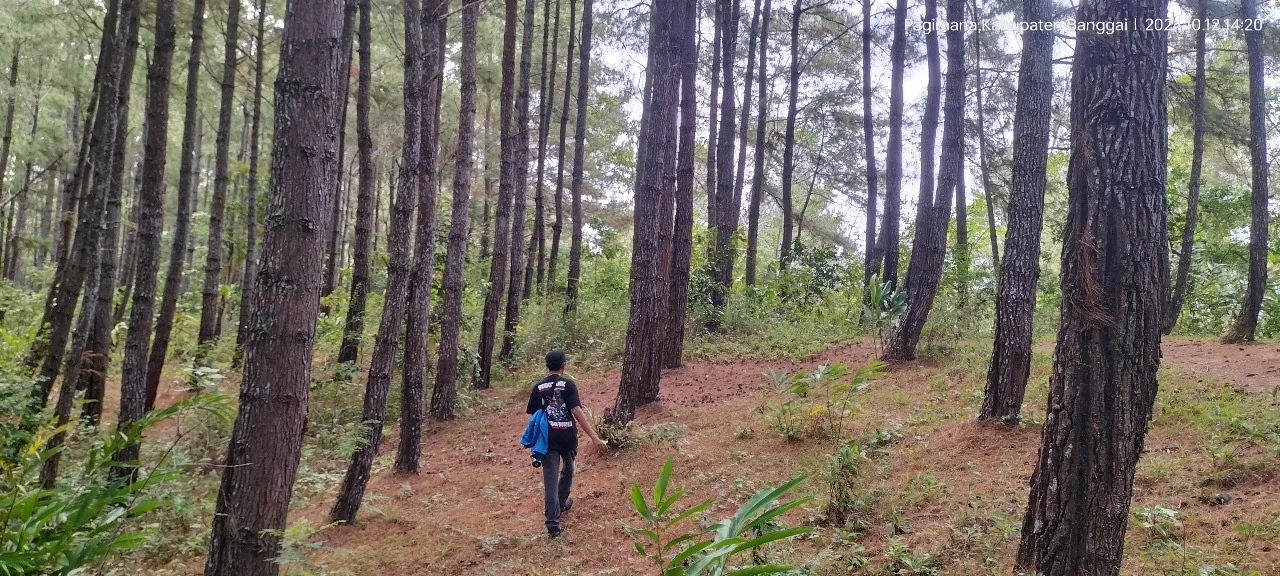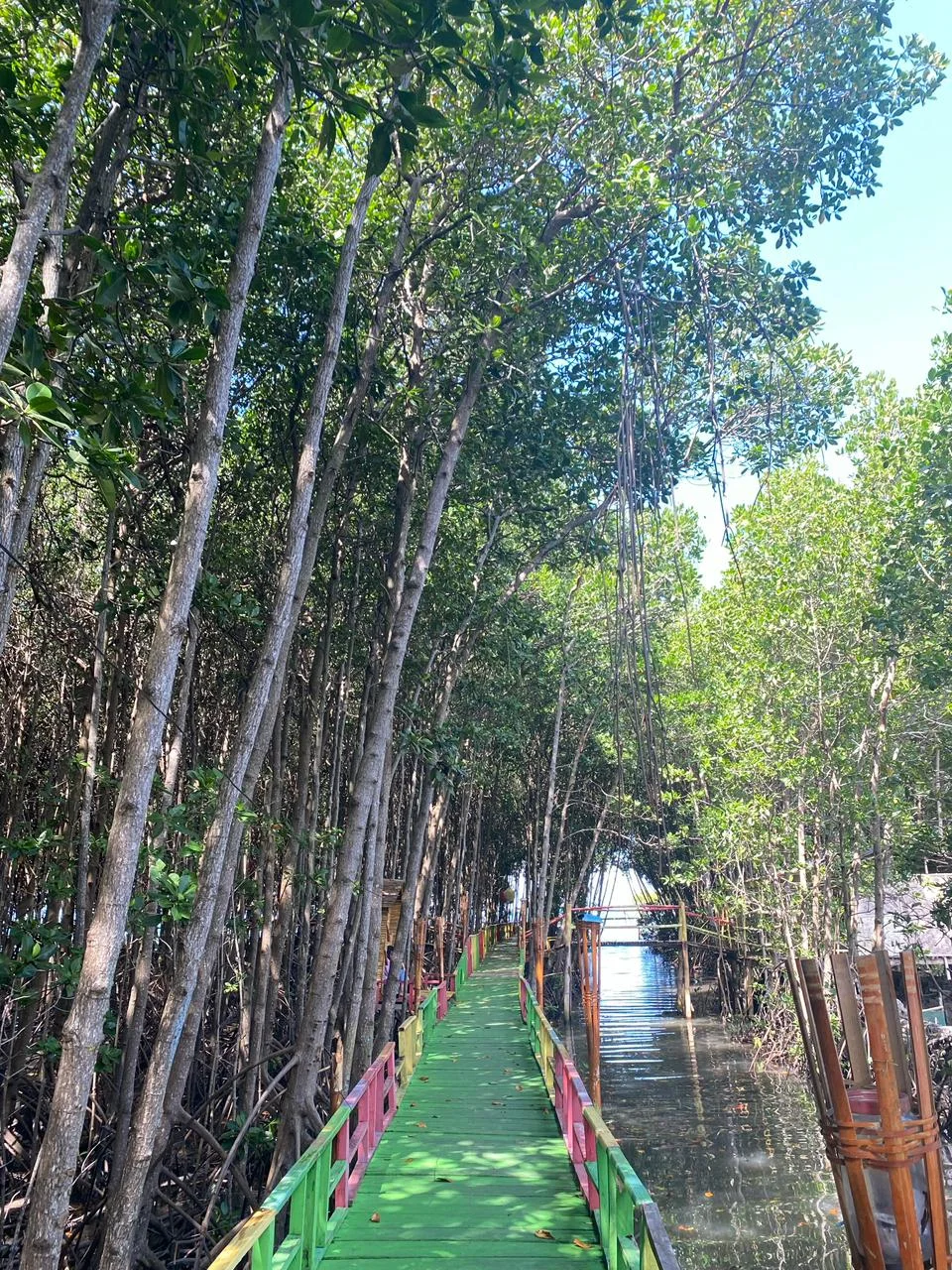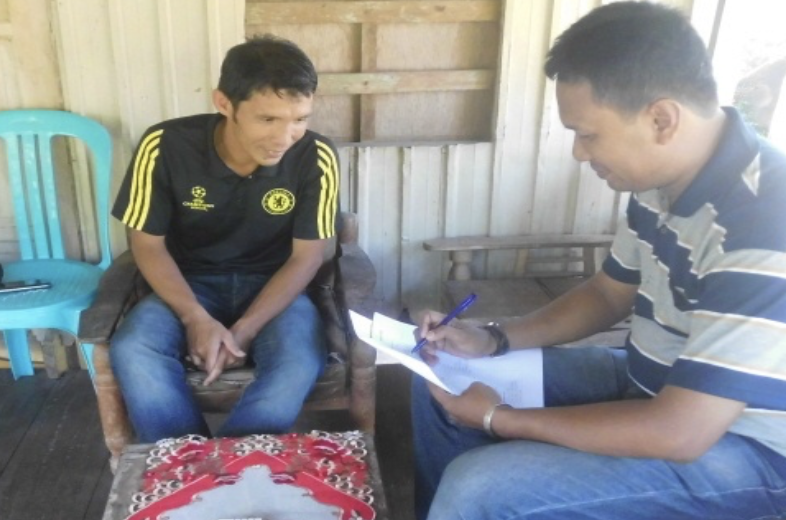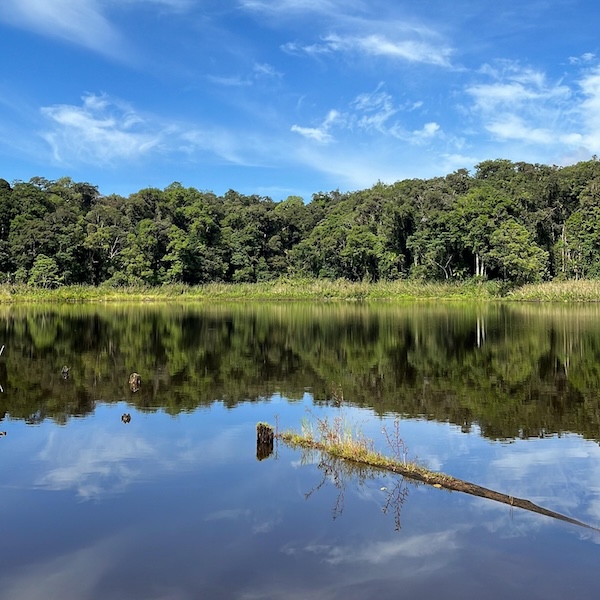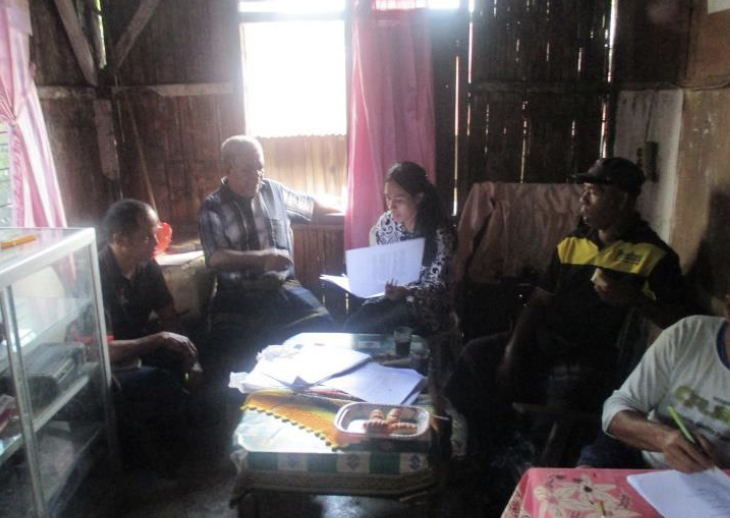Locals’ Claims of Rights and Access to Forest Resources in Three Forest Management Regimes in Gunungkidul Regency, Yogyakarta
Abstract
One of state forest areas managed by three management regimes is Bunder forest area, Gunungkidul, Yogyakarta. Three management regimes are the production forest of KPH Yogyakarta, the conservation forest of Tahura, and the educational forest of KHDTK Wanagama I. The differences of management regimes are thought to affect the actual interaction pattern of villagers with the forest. This research aims to compare the actual rights and access of villagers to Bunder forest area in three management regimes in the hope of finding more effective forest management patterns. This research used a qualitative approach through the case study method of the interaction villagers of Bunder, Banaran, Ngleri, and Gading villages with the surrounding forests. The results show that forest management regimes affects the way villagers can access the forests. The aggregate value of the actual rights received by the villagers to the production forest of KPH Yogyakarta is higher than the educational forest of KHDTK Wanagama I. The lowest is management regimes in conservation forest of Tahura. Based on the access mechanisms that empower villagers, the educational forest regime of KHDTK Wanagama I is higher than the production forest regime of KPH Yogyakarta and the conservation forest regime of Tahura. This research recommends defining rights and access to increase certainty about the benefits of forest resources.
الحقوق الفكرية (c) 2022 Jurnal Wasian

هذا العمل مرخص بموجب Creative Commons Attribution-NonCommercial 4.0 International License.
Copyright and License
All articles published in Wasian Journal are the property of the authors. By submitting an article to Wasian Journal, authors agree to the following terms:
-
Copyright Ownership: The author(s) retain copyright and full publishing rights without restrictions. Authors grant the journal the right to publish the work first and to distribute it as open access under a Creative Commons Attribution 4.0 International License (CC BY 4.0).
-
Licensing: Articles published in Wasian Journal are licensed under a Creative Commons Attribution 4.0 International License (CC BY 4.0). This license allows others to share, copy, and redistribute the material in any medium or format, and adapt, remix, transform, and build upon the material for any purpose, even commercially, provided that proper credit is given to the original author(s) and the source of the material

This work is licensed under a Creative Commons Attribution 4.0 International License. -
Author's Rights: Authors are permitted and encouraged to post their work online (e.g., in institutional repositories or on their website) prior to and during the submission process, as it can lead to productive exchanges and greater citation of published work.
-
Third-Party Content: If your article contains material (e.g., images, tables, or figures) for which you do not hold copyright, you must obtain permission from the copyright holder to use the material in your article. This permission must include the right for you to grant the journal the rights described above.
-
Reprints and Distribution: Authors have the right to distribute the final published version of their work (e.g., post it to an institutional repository or publish it in a book), provided that the original publication in Wasian Journal is acknowledged.
For the reader you are free to:
- Share — copy and redistribute the material in any medium or format for any purpose, even commercially.
- Adapt — remix, transform, and build upon the material for any purpose, even commercially.
- The licensor cannot revoke these freedoms as long as you follow the license terms.
Under the following terms:
- Attribution — You must give appropriate credit , provide a link to the license, and indicate if changes were made . You may do so in any reasonable manner, but not in any way that suggests the licensor endorses you or your use.
- No additional restrictions — You may not apply legal terms or technological measures that legally restrict others from doing anything the license permits.
Notices:
You do not have to comply with the license for elements of the material in the public domain or where your use is permitted by an applicable exception or limitation .
No warranties are given. The license may not give you all of the permissions necessary for your intended use. For example, other rights such as publicity, privacy, or moral rightsmay limit how you use the material.
الأعمال الأكثر قراءة لنفس المؤلف/المؤلفين
- Ratih Madya Septiana Ratih, Nunuk Supriyatno Nunuk , Slamet Riyanto Slamet , Socio Demographic Factors and Work Performance of Forest Workers in Cajuput Leaf Harvesting at RPH Nglipar, KPH Yogyakarta , Jurnal Wasian: مجلد 7 عدد 2 (2020): December




